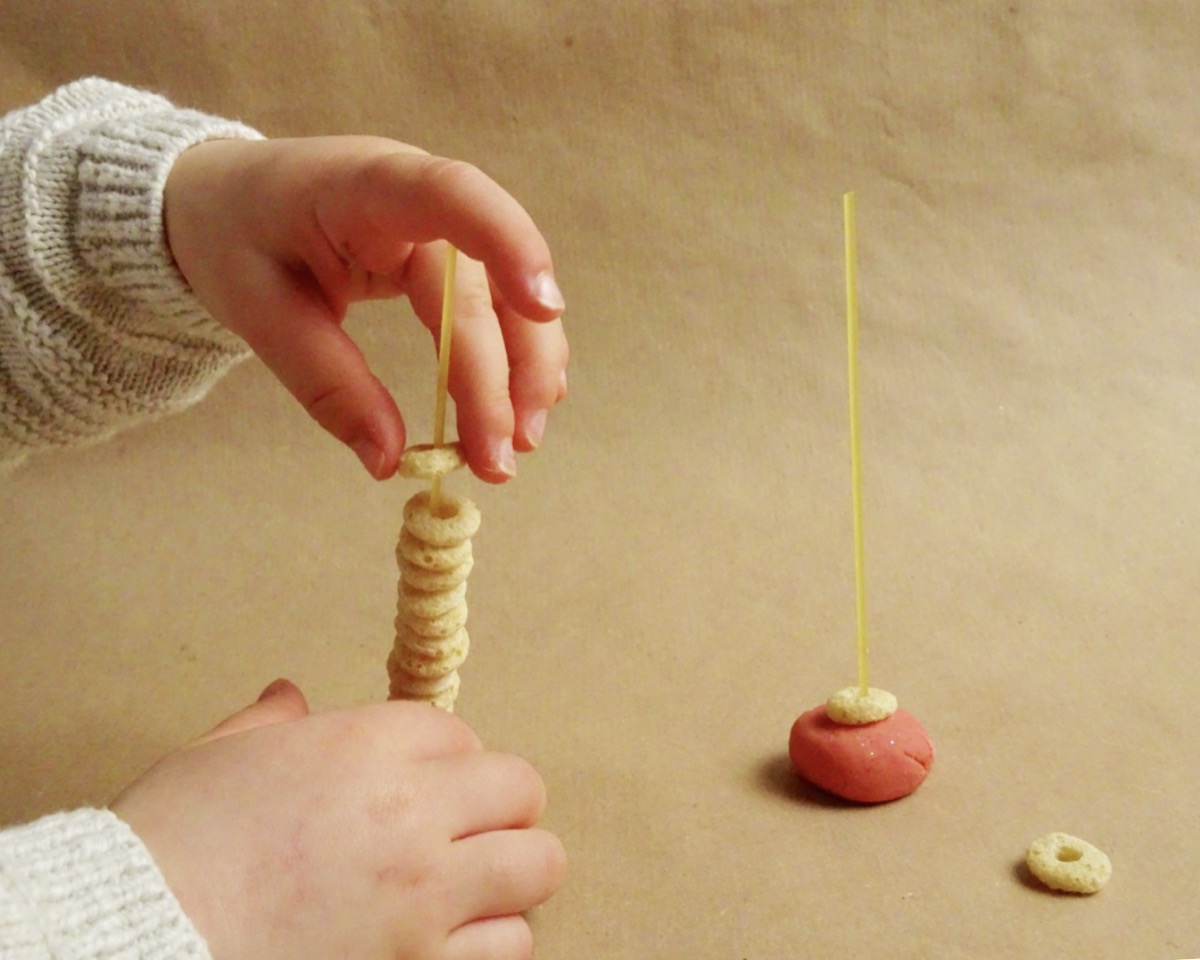
For children, and many adults, learning is most solidified when we can physically watch a demonstration or be able to do it ourselves. It is why when children learn to read and write, teachers use songs, actions and repetition for learning. The same is true for understanding words and concepts, in this case the notion of an ‘opposite’. For example:
- Up vs Down
- In vs Out
- Under vs Over
- Full vs Empty
- Hard vs Soft
- Cold vs Hot
There are many different kinds of activities you can do with your child in order to explain and show them the concept of an opposite. We have put together three activities of age varying difficulty to give you some idea of the sort of things you can do. They act as a threefold bonus! Firstly, they are inexpensive, simple, easy activities that you should have most of the items already in your home. Secondly, they are all fine motor skill based allowing your child to practise movements such as the pincer grasp, their grip strength, hand eye coordination, scissor grasps, precision handling and so on. Thirdly, once you have shown them what they need to do you should be able to leave them for a few minutes while you get some chores done!* That might be our favourite of the bonuses!
*Note: We don’t advise leaving your child alone with scissors.
These activities are aimed at children from approximately 18 months – 5 years.
Option 1 – Full vs Empty
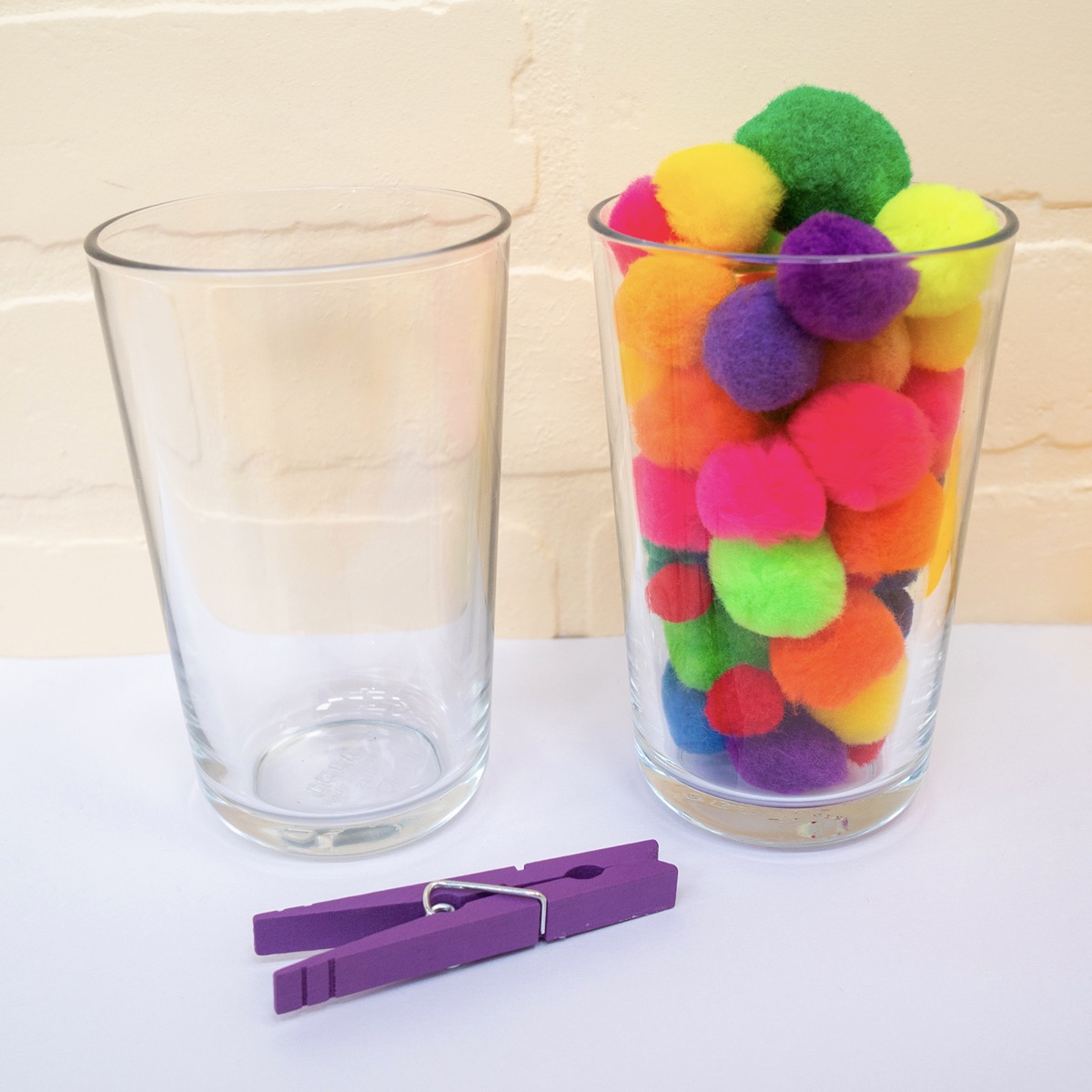
Activity: Pom pom jars
Age: 18 months +
Note: If your child is still prone to putting items in their mouths please do not leave them alone with this activity as the pom poms could be a choking hazard
- Pom poms
- Tweezers / spoon
- Glass jars / tupperware / bowls etc
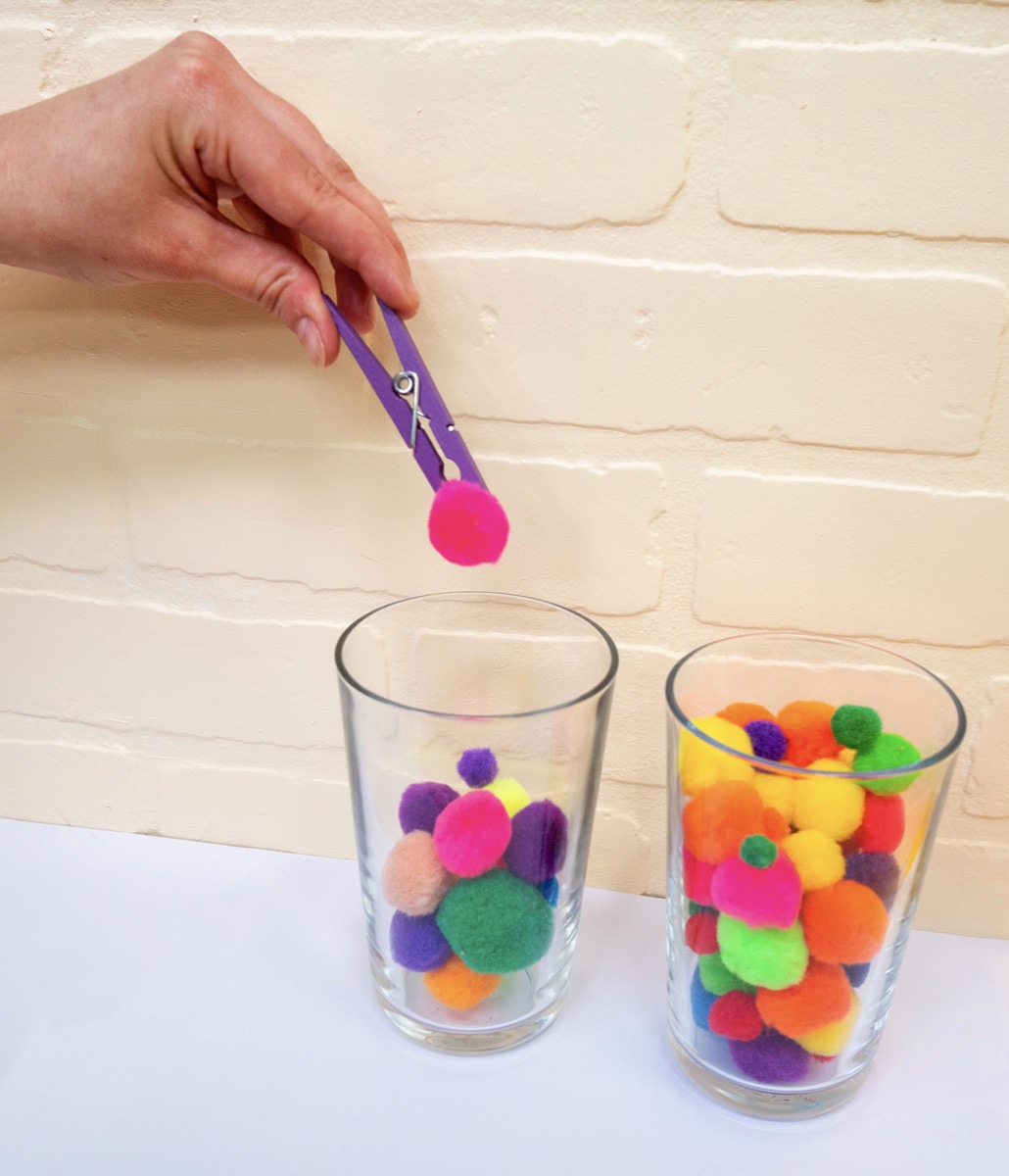
This activity couldn’t be more simple. It is teaching your child the opposites Full vs Empty. Simply place a bowl of pom poms next to two containers and get them to fill up one container. Show them how to use the tweezers if they have never used them before. If they are still getting the hang of it you may see them use both hands to squeeze the tweezers to pick the pom poms up. This is fine as their finger muscle strength is still developing. If they are not interested in the tweezers try handing them a spoon instead, they will find this easier and is a fine motor skill in itself too.
Option 2 – Tall vs Short
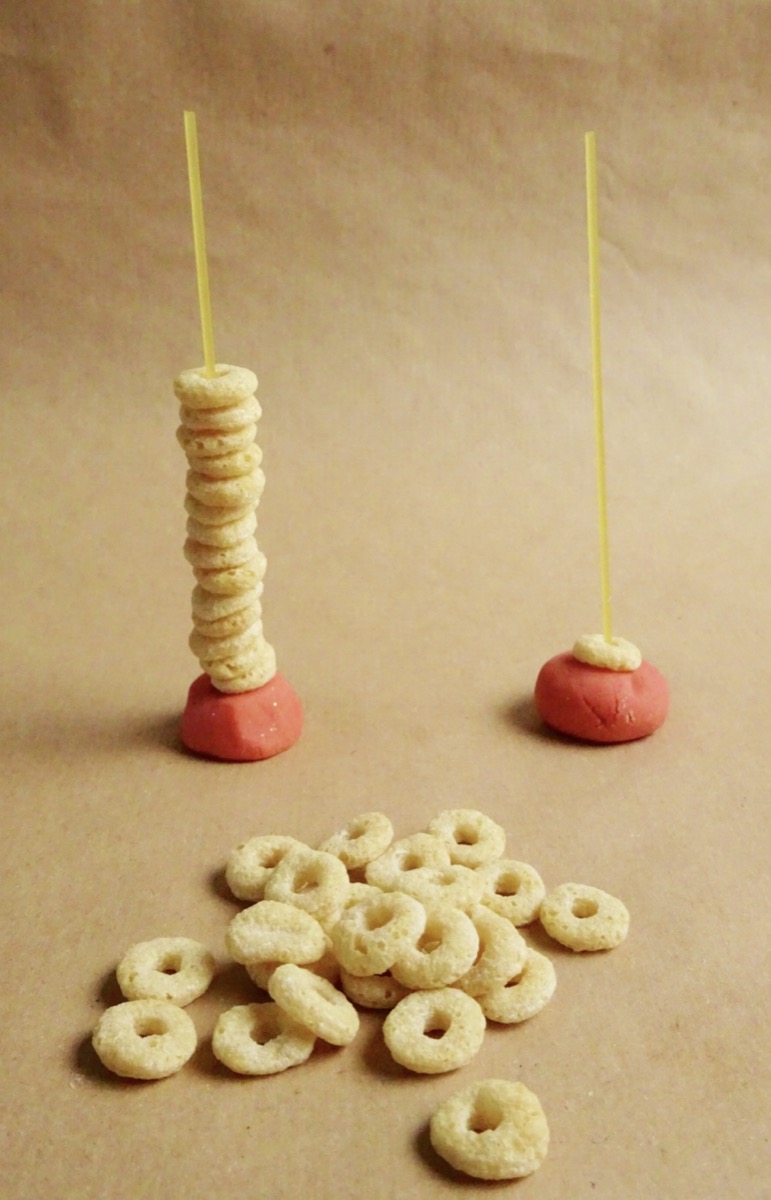
Activity: Spaghetti & cereal hoop towers
Age: 2 years +
- Hoop cereal (any variety)
- Play dough / blue tack
- Spaghetti x2
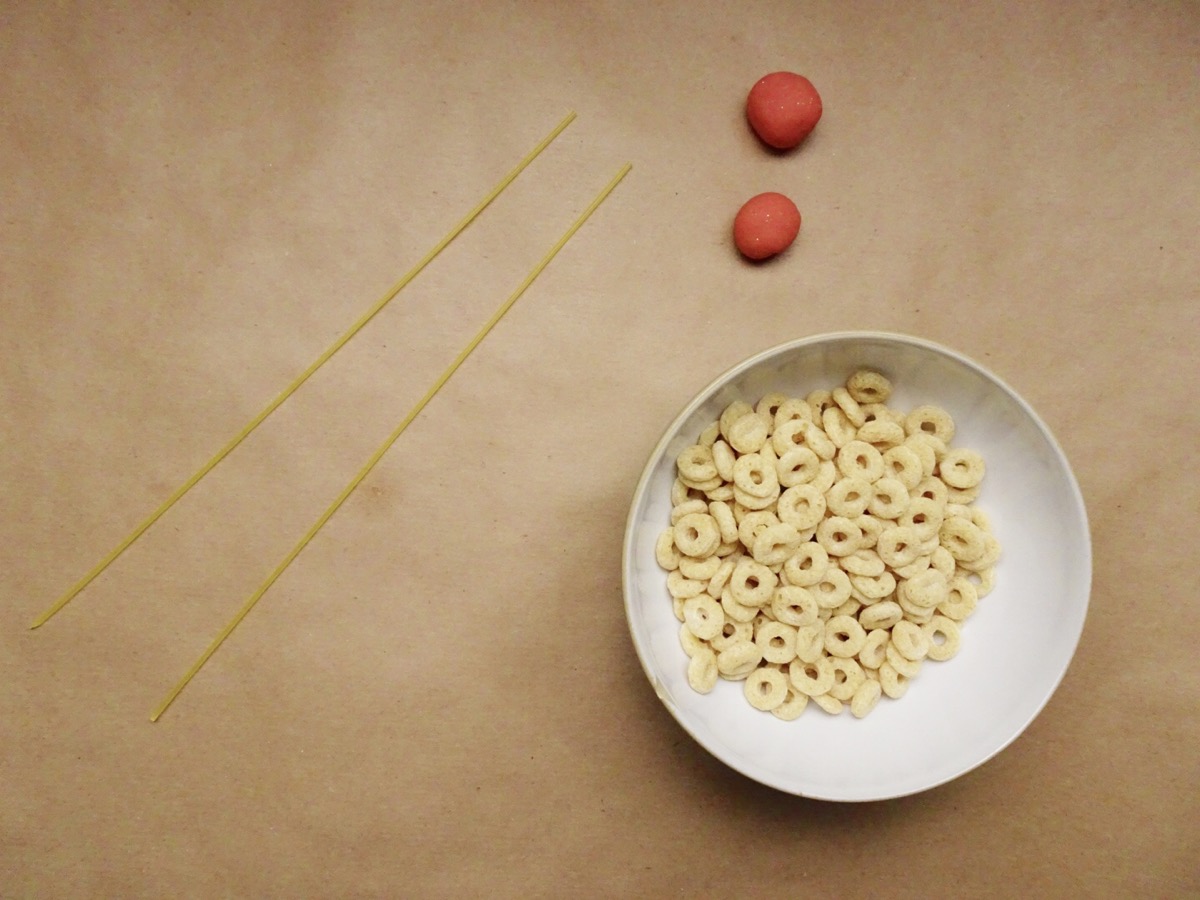
Place some cereal hoops into a bowl. Roll two balls of play dough or blue tack to the table and press slightly down on them with your finger. Snap one bit of spaghetti pasta in half, making sure they are both the same length. Then push each one into its own play dough ball so that it stands upright on its own. Show your child now to thread the hoops on to the spaghetti. Ask them to make one tall and one short hoop tower. Your child will soon realise that the spaghetti is fragile and that they need to thread the hoops on delicately otherwise it will snap. They will inevitably snap one of them probably fairly soon after starting but that’s ok, this is a learning process for them. Simply just replace it with another one.
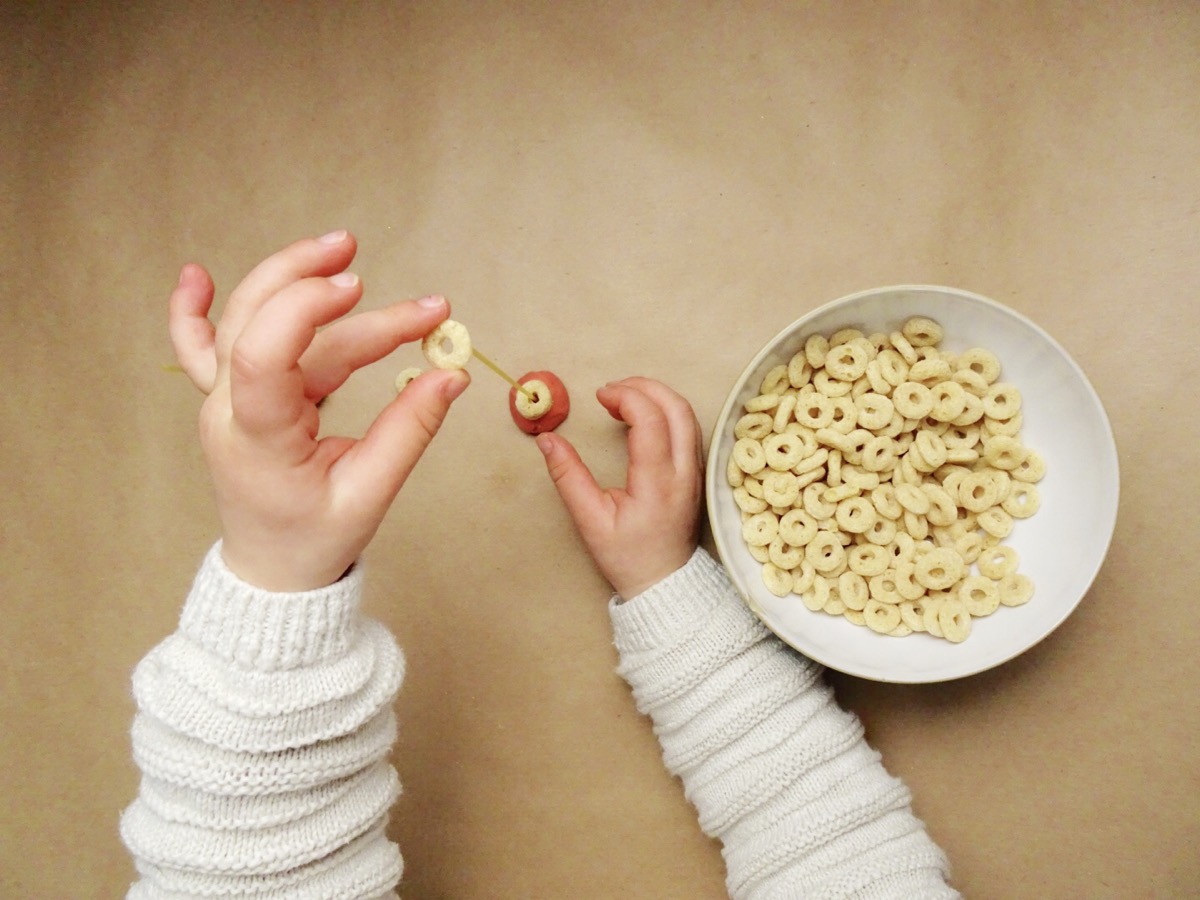
If they are still struggling to understand Tall vs Short, remove one of the spaghettis and place a full sized, or taller one in its place. This way if they fill up both towers they will see that one is taller than the other.
Option 3 – Over vs Under
Activity: Paper plate weaving
Age: 4 years +
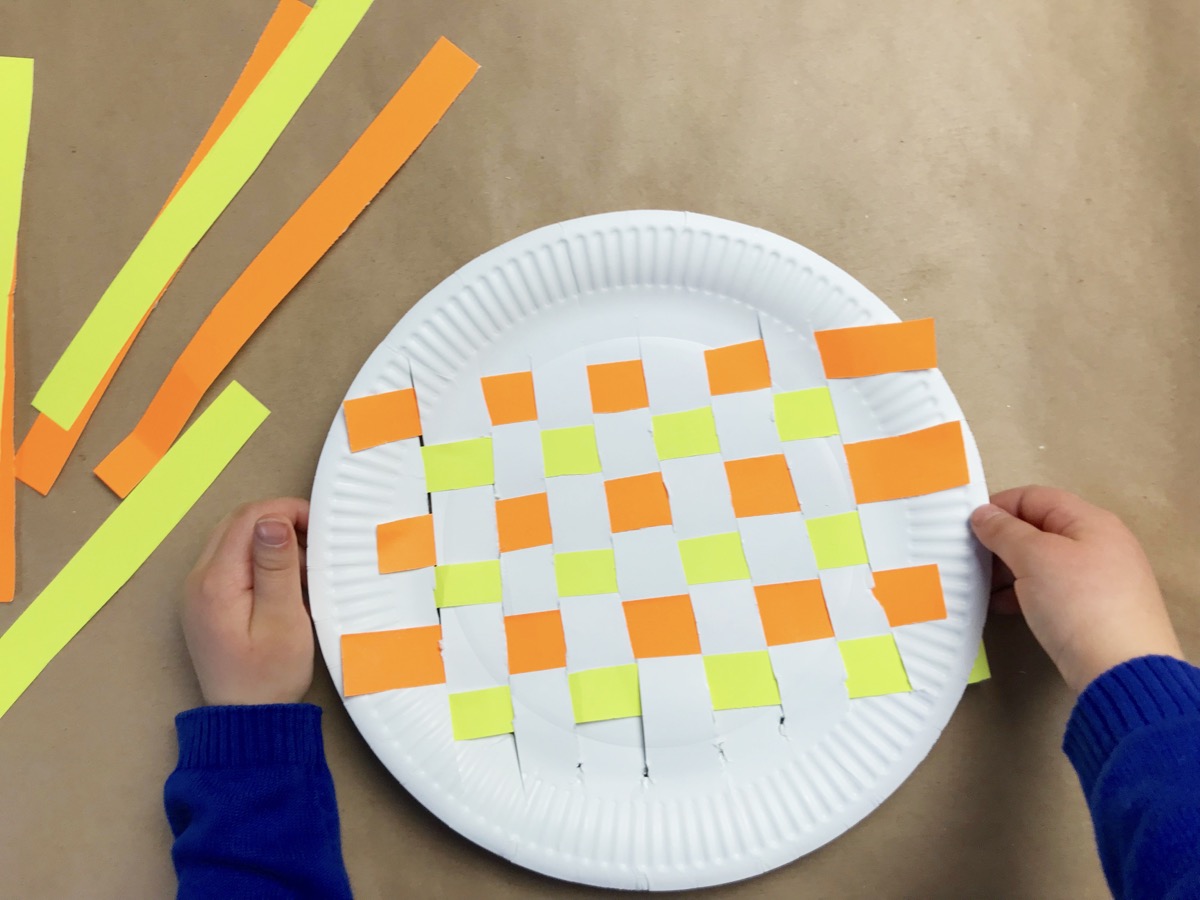
- Coloured paper
- Scissors
- Paper plate
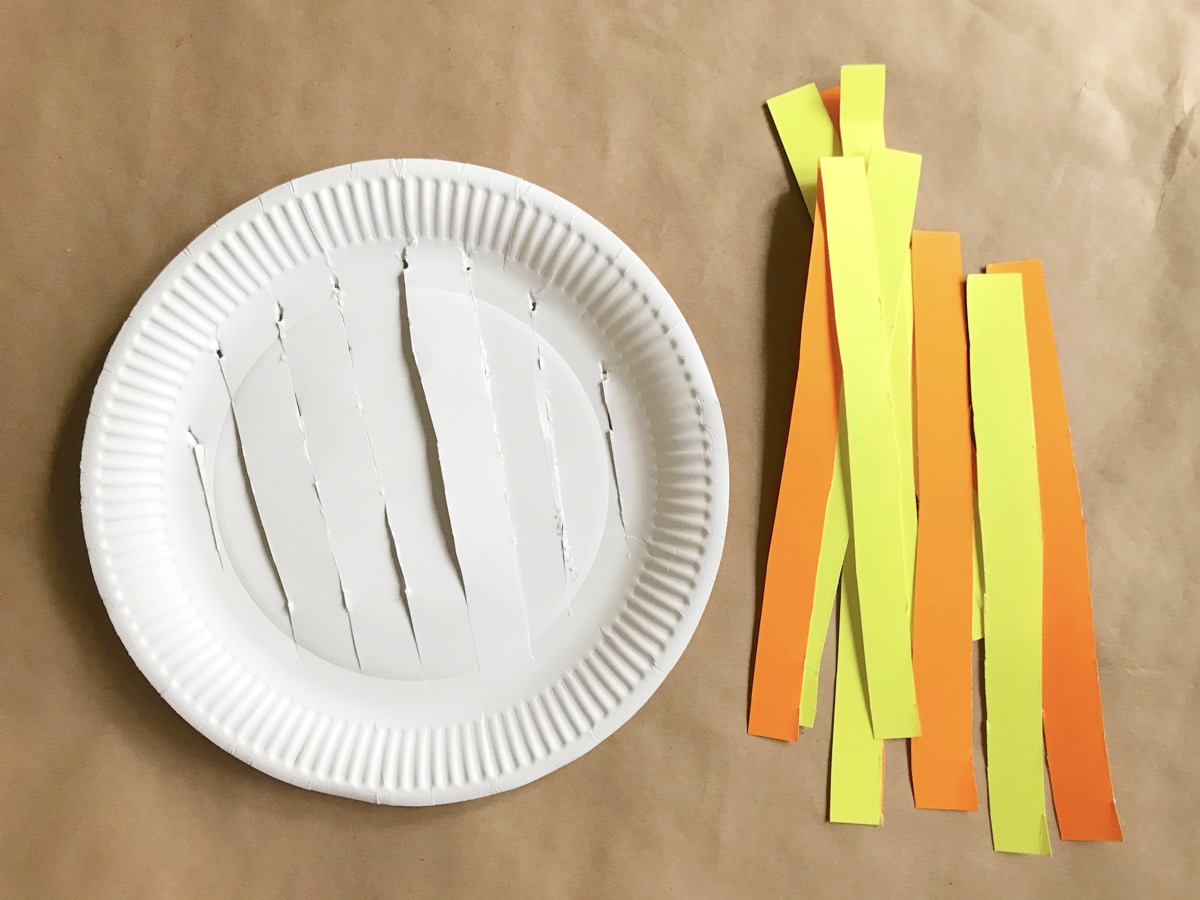
Get your paper plate and cut some lines across the middle section of the plate, leaving 1 inch between each one. Now get your child to cut strips of coloured paper with some scissors. Help them with their hand positioning on the scissors. Sat beside them demonstrate how to weave the paper strips by completing a couple of lines while they watch. Show them how they alternate over and under, over and under and how the next line would be under and over, under and over. Don’t worry if they struggle with alternating, this activity is about understanding over vs under and not about a perfect weaving.
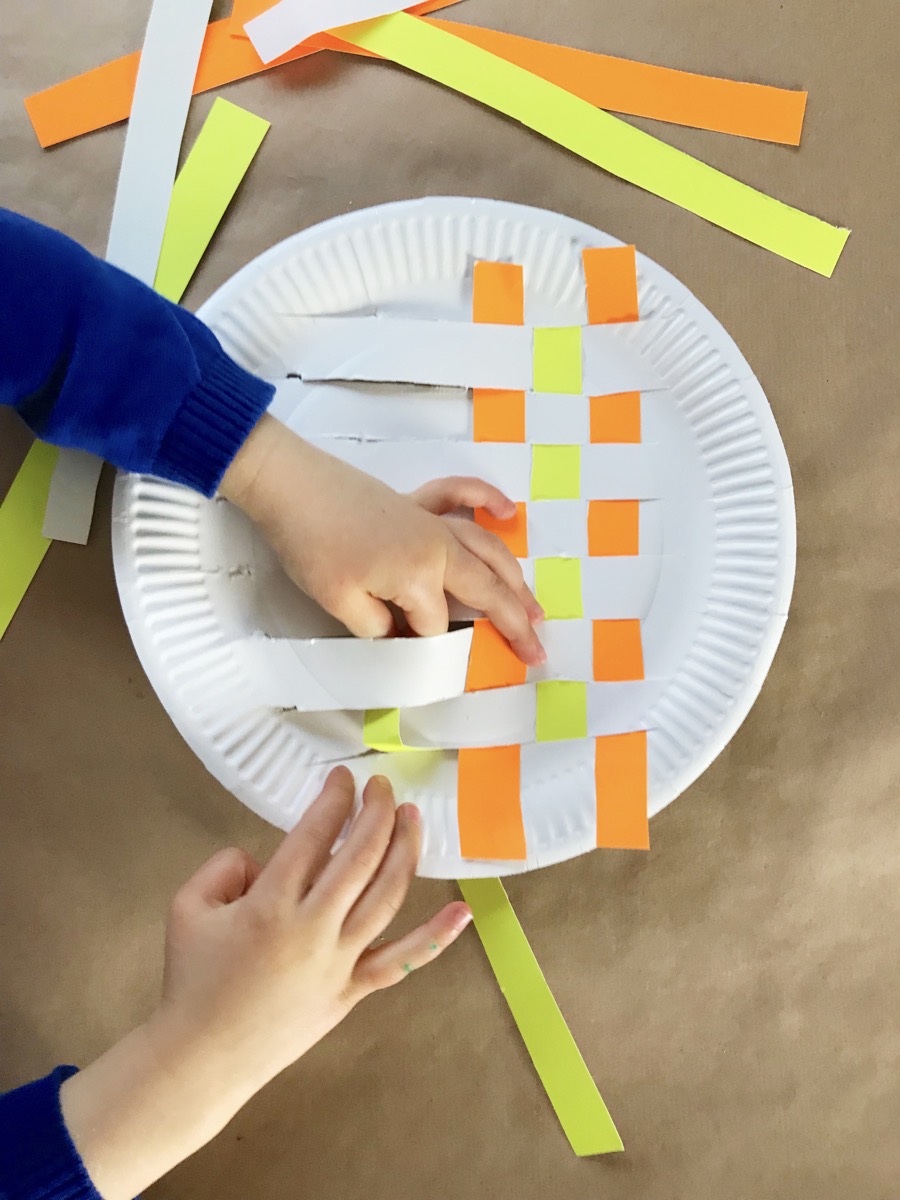
For more great activities and fun learning with opposites, watch our Caitie’s Classroom episode all about opposites!
Don’t forget to follow us on Twitter, Instagram, Pinterest, and Facebook!
Original content © 2019 Super Simple. Not to be reprinted without express written permission. Terms of Service.

